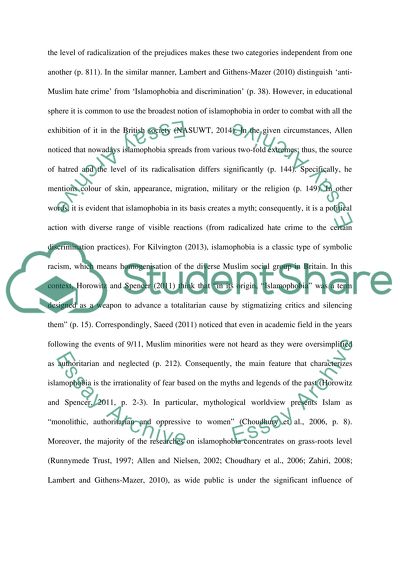Cite this document
(“Critically evaluate explanations for the rise of islamphobia in recent Essay”, n.d.)
Critically evaluate explanations for the rise of islamphobia in recent Essay. Retrieved from https://studentshare.org/sociology/1673425-critically-evaluate-explanations-for-the-rise-of-islamphobia-in-recent-decades
Critically evaluate explanations for the rise of islamphobia in recent Essay. Retrieved from https://studentshare.org/sociology/1673425-critically-evaluate-explanations-for-the-rise-of-islamphobia-in-recent-decades
(Critically Evaluate Explanations for the Rise of Islamphobia in Recent Essay)
Critically Evaluate Explanations for the Rise of Islamphobia in Recent Essay. https://studentshare.org/sociology/1673425-critically-evaluate-explanations-for-the-rise-of-islamphobia-in-recent-decades.
Critically Evaluate Explanations for the Rise of Islamphobia in Recent Essay. https://studentshare.org/sociology/1673425-critically-evaluate-explanations-for-the-rise-of-islamphobia-in-recent-decades.
“Critically Evaluate Explanations for the Rise of Islamphobia in Recent Essay”, n.d. https://studentshare.org/sociology/1673425-critically-evaluate-explanations-for-the-rise-of-islamphobia-in-recent-decades.


